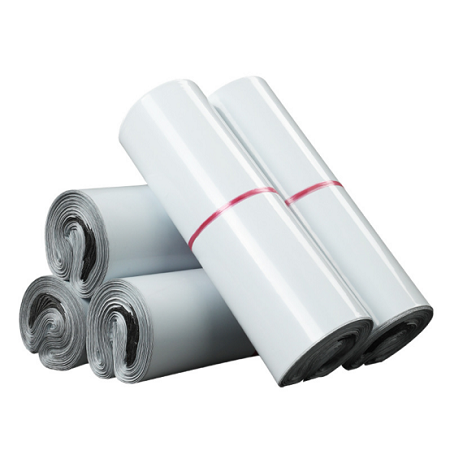How Do Plastic Packaging Bags Balance Cost, Durability, and Environmental Concerns?
2025-07-09
Plastic packaging bags have long been a staple in product packaging across industries, thanks to their affordability, flexibility, and practicality. From protecting fresh produce to shipping electronics, these lightweight bags continue to serve as a reliable solution in global supply chains. However, with increasing awareness of environmental issues, businesses and consumers alike are questioning how plastic bags can balance low cost, high durability, and environmental responsibility.
The answer lies in continuous innovation and smart design. Let’s explore how plastic packaging bags are evolving to meet these three critical needs.

1. Cost-Effectiveness Without Compromising Quality
One of the key reasons plastic packaging bags remain so popular is their cost-efficiency. Compared to alternatives like glass, paper, or metal, plastic is significantly cheaper to produce, transport, and store. Its lightweight nature reduces shipping costs, and mass production capabilities allow manufacturers to offer it at highly competitive prices.
Despite being economical, plastic bags can be engineered to maintain quality and performance. High-density polyethylene (HDPE), low-density polyethylene (LDPE), and polypropylene (PP) are commonly used plastics that offer excellent strength and versatility at minimal cost.
This cost advantage is particularly important for businesses managing tight margins or large-scale packaging needs, such as in the food, garment, or logistics sectors.
2. Built for Strength and Durability
While plastic bags may be light, they’re impressively strong. Advanced manufacturing techniques now allow for bags that resist tearing, punctures, and exposure to moisture or chemicals. This durability helps ensure that products arrive intact—whether they’re traveling across town or across oceans.
Plastic packaging bags can also incorporate special features like multi-layered film for added protection, UV resistance for outdoor exposure, or tamper-evident seals for high-value goods. These enhancements add functional value without significantly increasing production costs.
Durability doesn’t just protect products—it also reduces the likelihood of waste from damaged goods, which indirectly supports sustainability efforts.
3. Addressing Environmental Concerns
Plastic packaging has faced criticism for contributing to global waste and pollution. However, the industry is making meaningful progress in creating more environmentally responsible solutions.
Today’s plastic packaging bags are increasingly designed with sustainability in mind, including:
Recyclable materials: Many plastic bags are now produced from recyclable resins like LDPE or PP, and they are marked with recycling codes to help consumers dispose of them properly.
Biodegradable and compostable options: Innovative materials such as PLA (polylactic acid) and oxo-biodegradable plastics offer alternatives that break down more easily under certain conditions.
Reduced material usage: Through lightweighting techniques, manufacturers can create thinner bags that use less raw material while still maintaining performance standards.
Reusable designs: Some plastic packaging bags are made to be durable and reusable, reducing the need for single-use alternatives.
Additionally, many brands and packaging suppliers are investing in take-back programs, refill systems, and eco-certifications to align with global sustainability goals.
4. Striking the Right Balance
Balancing cost, durability, and environmental impact isn’t easy—but it is possible with thoughtful design and strategic sourcing. Businesses today are choosing plastic packaging solutions that provide the best of all worlds: bags that protect products effectively, keep expenses low, and reduce ecological impact.
For instance, a reusable zip-lock pouch for cosmetics can offer superior durability and convenience, while also supporting brand sustainability goals if it’s made from recyclable material. Similarly, a food-grade plastic bag with a barrier layer may reduce food spoilage and packaging waste simultaneously.
Plastic packaging bags have come a long way from being viewed as mere disposable containers. Thanks to innovations in materials and manufacturing, they now offer an effective balance between cost-efficiency, long-lasting performance, and growing environmental responsibility.
As global industries continue to adapt to new expectations from both regulators and consumers, plastic packaging will likely remain a core component—reinvented to meet the evolving standards of sustainability and practicality. With smarter choices and ongoing improvements, plastic packaging bags can continue to serve modern needs without compromising the planet’s future.


